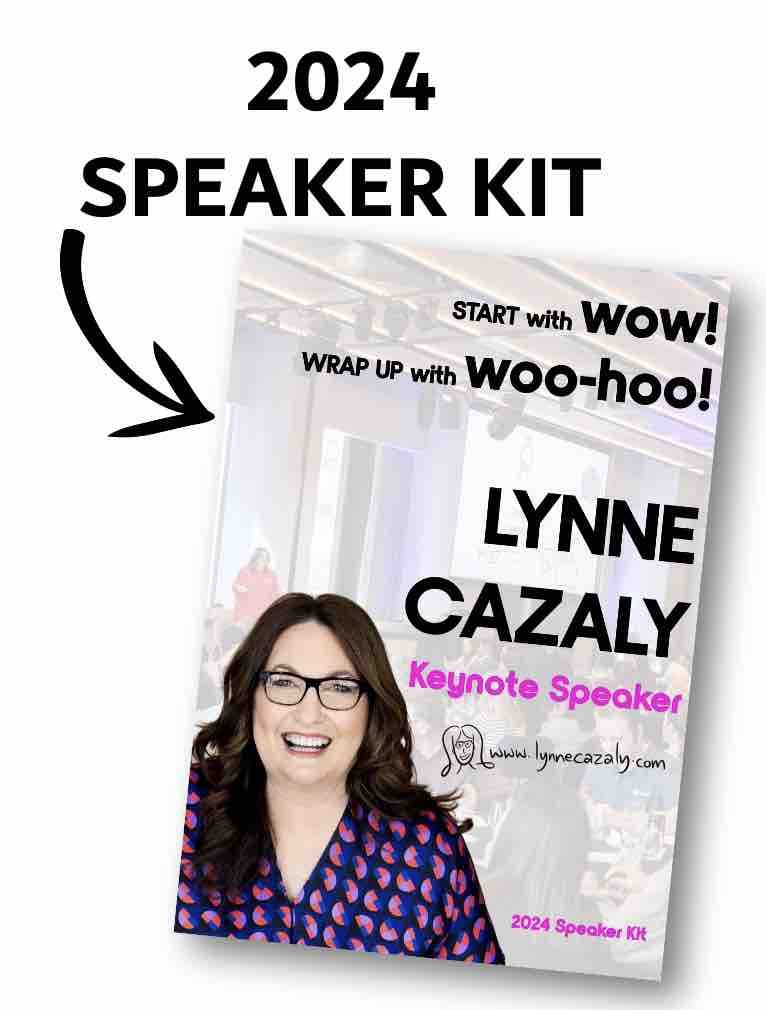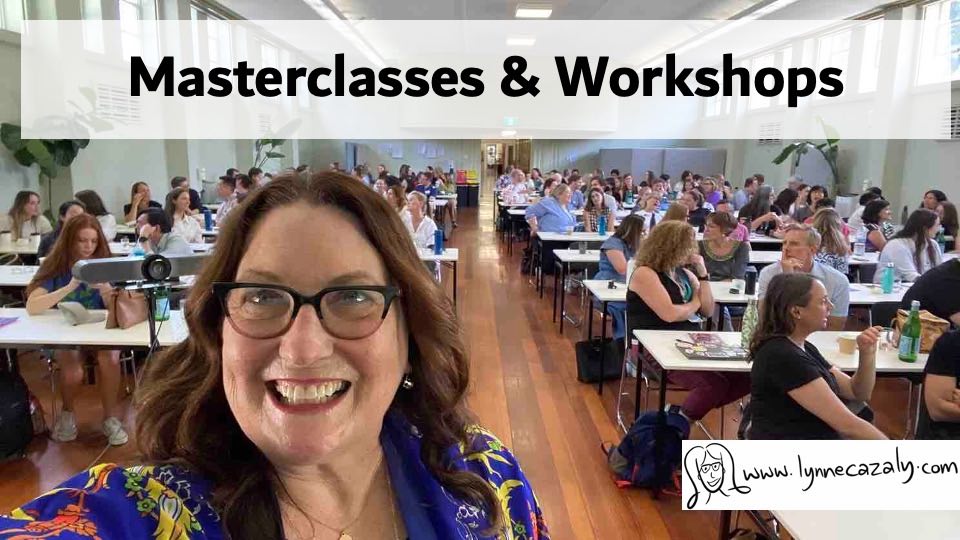Responsible or accountable?
 Monday, November 12, 2012 at 3:45PM
Monday, November 12, 2012 at 3:45PM
Who's accountable? Who will be taking the ultimate responsibility? Who do we need to consult with?
These were questions I heard a few times this week when I was facilitating large-scale workshops with businesses and project teams. Sometimes I was asking the questions and sometimes the participants were.
When it comes to the ACTION part of a conversation, meeting or workshop, all the things that need to be done may seem detailed and complex. I like to step through a series of actions that help a team build up to making big impactful decisions.
One tool I use often is known by the acronym RACI - you may be familiar with it : Responsible, Accountable, Consulted and Informed. It's also known as a Responsibility Matrix.
Here's a visual RACI that I use in workshops and notes to help a team segment and separate out their thinking on responsibilities. (A lot of talk time can be taken up trying to work out the broad categories of action, let alone putting names next to them!) And identifying who is responsible and accountable early on in the process is a big help!
I enjoy help a team through their responsibilities and commitments stage of a workshop; I don't make the commitments for them, but I will provide a process that helps them work out the different types of responsibilities.
Google RACI if you'd like to read up more on the process and be sure to print out my visual RACI (permanently on the Resources section of my website) and use it when you're next working out what needs to happen with actions and responsibilities. Now you're informed about RACI... you'reresponsible to do something with it!















